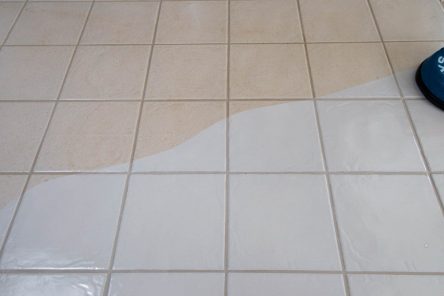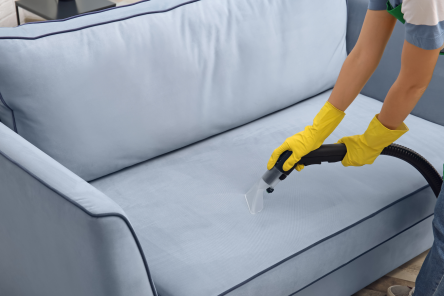Is your precious wood furniture looking a little lackluster these days? Has that antique oak table or mahogany chest lost its luster over time? Well, have no fear – with just a little proper wooden furniture care, you can have them looking as good as new!
Proper care is crucial when it comes to maintaining the beauty and integrity of wood furniture. From polishing to protecting, the way you care for your wood pieces can make all the difference in preserving them for years to come. You can hire a cleaning service for this, but with just a few simple tips and tricks, you’ll be able to keep your wood furniture looking its very best while avoiding damage from wear and tear or environmental factors.
In this blog post, we’ll cover everything you need to know about cleaning, polishing, protecting, and preserving your beloved wood furniture pieces. We’ll share insider secrets on choosing the right products, techniques for dusting and polishing, and even DIY solutions you can whip up at home. From antique collectibles to modern minimalist pieces, we’ve got solutions suitable for all types of amazing wood furniture. Arm yourself with knowledge and take your wood furniture care game to dazzling new heights!
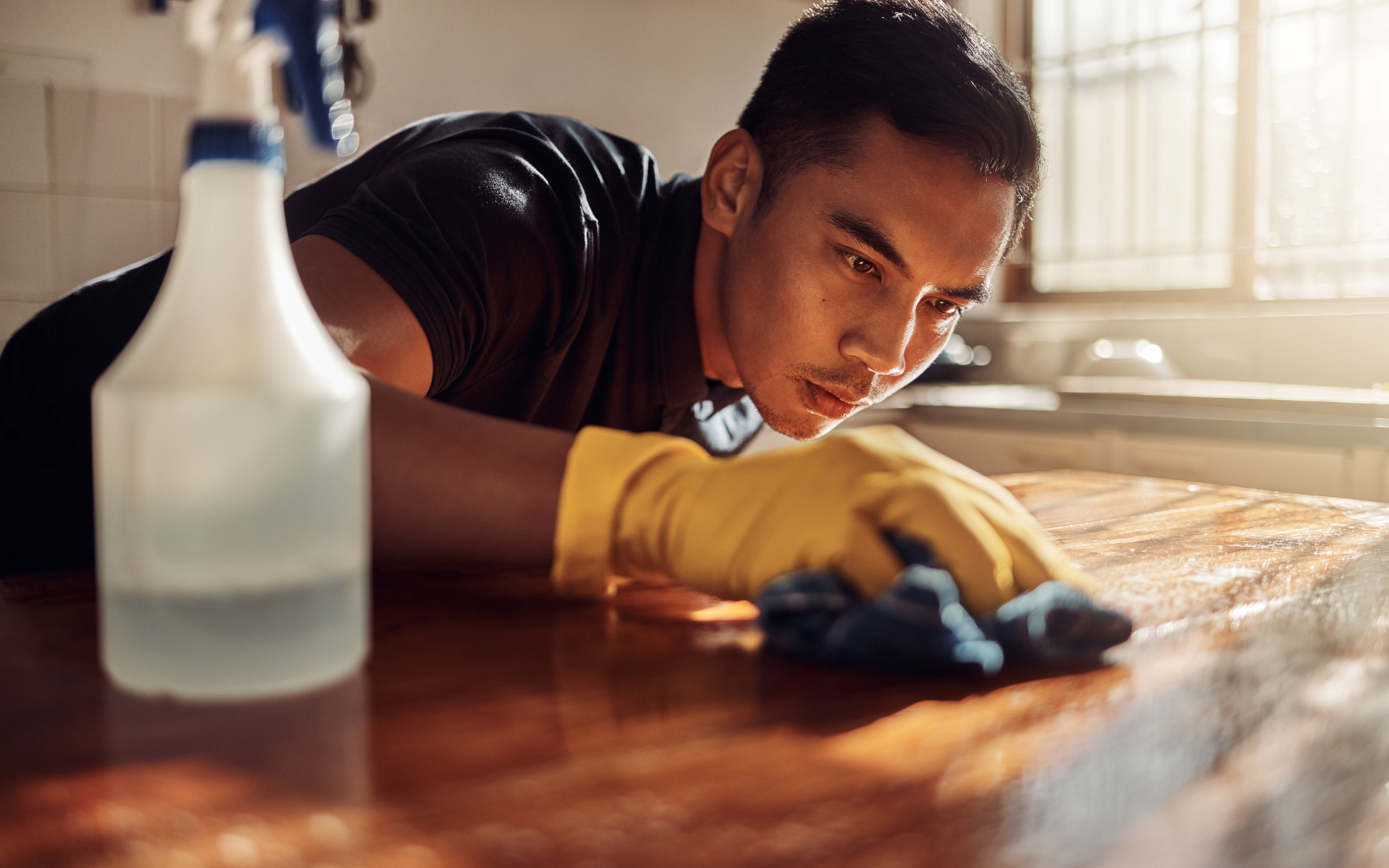
Cleaning Wood Furniture
Regular light cleaning is the first step in caring for wood furniture. Here are some tips:
- Dust frequently with a soft, lint-free cloth.
- Wipe spills immediately to avoid staining. Use a damp cloth and mild dish soap if needed.
- For a quick fix on fingerprints or light soil, rub the surface with shoe polish on a soft cloth, then buff it with a clean cloth.
- Clean metal hardware like drawer pulls with a soft cloth dampened with warm water and mild dish soap as needed. Make sure to dry thoroughly.
- Avoid harsh cleaners, abrasive pads, or paper towels, which can scratch wood.
According to experts at the National Wood Flooring Association, dusting frequently with a soft cloth is key to caring for wood furniture. Regular dusting prevents buildup that can damage finishes.
Eliminating Odors in Wood Furniture
Wood furniture can absorb odors over time from food, smoke, pets, or mildew. To eliminate unpleasant smells:
- Wipe down all surfaces with a mixture of equal parts vinegar and water. Vinegar helps cut through odors.
- Sprinkle baking soda liberally on upholstered areas, crevices, and inside drawers. Leave for several hours to absorb odors before vacuuming away.
- Place bowls of activated charcoal inside cabinets or drawers to absorb moisture and odors. Change charcoal regularly.
- Air out furniture by placing outdoors or near open windows on dry, sunny days. Sunlight helps dissipate odors.
- Stuff chair and sofa cushions with crumpled newspaper and leave overnight. The paper will absorb odors.
- For smoky smells, wipe down wood with a solution of 1 part vanilla extract mixed with 3 parts water.
- Clean drawers and cabinets with a wood-safe deodorizing cleaner or disinfectant.
- For severe pet urine odors in wood furniture, consult a professional cleaner. Harsh chemicals may be required.
Cleaning Different Parts of Wood Furniture
- For tabletops, use a cleaner made specifically for wood furniture. Wipe in the direction of the grain.
- For chair seats or sofa cushions, vacuum regularly and spot clean stains quickly.
- For cabinets, clean doors, frames, and legs. Avoid wetting inside shelves.
- For wood floors, use a damp mop and wood floor cleaner. Don’t over-wet.
Tips for Stubborn Dirt and Stains
- For sticky residue, lightly rub with rubbing alcohol on a soft cloth.
- For white rings or water stains, try rubbing with toothpaste on a damp cloth.
- For deeper stains, wipe with a cloth dipped in baking soda solution. Rinse and dry.
- For mildew stains, wipe with a cloth dipped in vinegar solution. Rinse and dry.
- For wax or crayon stains, apply ice to harden the wax then gently scrape away excess.
Cautions When Cleaning Wood
- Check the cleaner on a small hidden area first to test for damage to the finish.
- Avoid excessive moisture that can damage wood over time.
- Don’t use ammonia, bleach, or abrasive cleaners which can react with finishes.
- Blot spills instead of wiping to avoid spreading stain damage.
The Wood Database advises that wetting inside wood surfaces like cabinets and drawers can lead to long-term damage. Always wipe spills quickly and avoid excessive moisture.
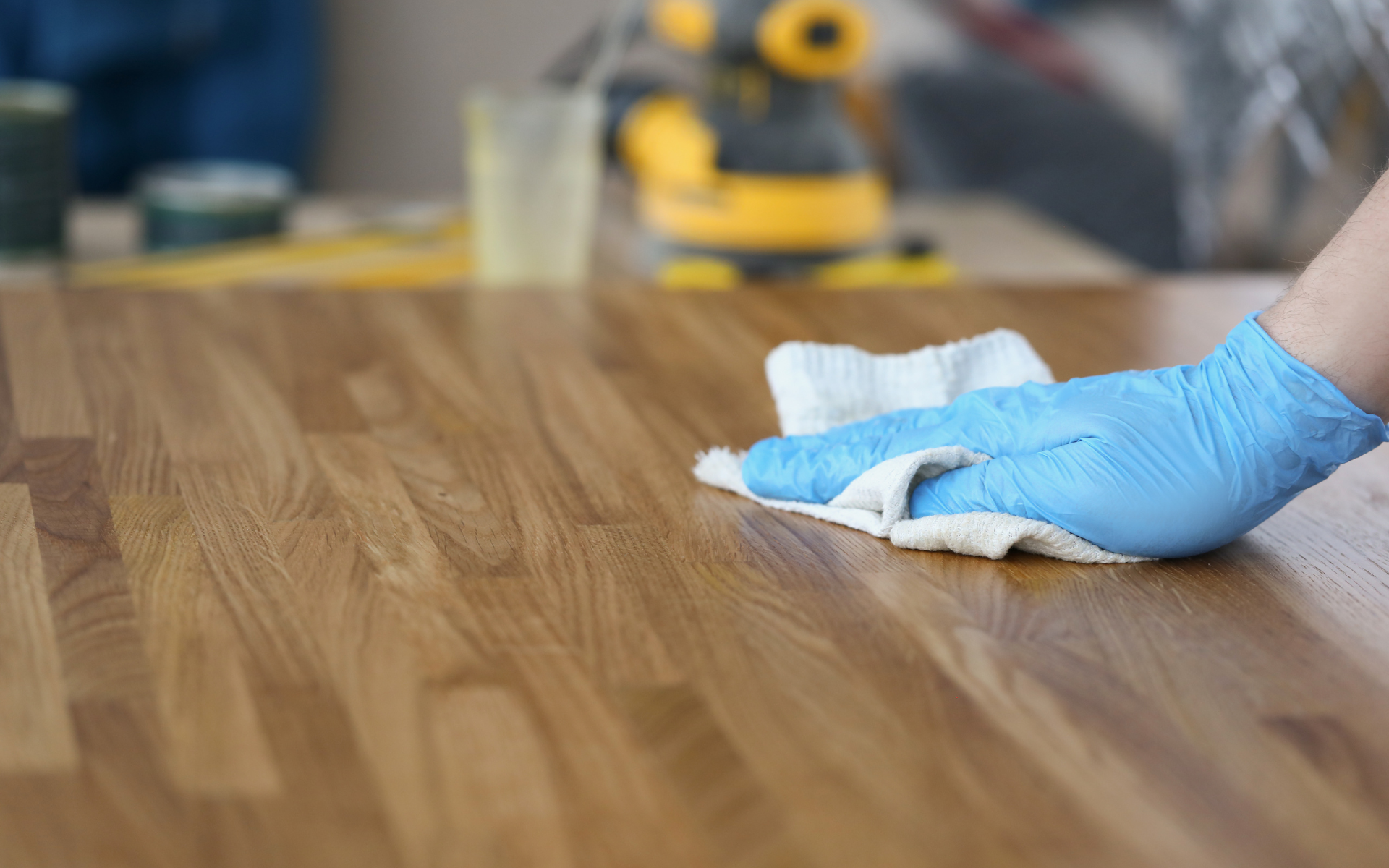
Protecting the Finish
The protective finish on wood furniture acts as a shield against wear, scrapes, and spills. To keep it intact:
- Use felt pads under heavy furniture legs and lamps to prevent scratches.
- Lift furniture when moving rather than dragging it across the floor.
- Keep wood out of direct sunlight to prevent fading.
- Avoid placing hot dishes or glasses directly on the wood. Use coasters.
- Clean up spills immediately to avoid water marks.
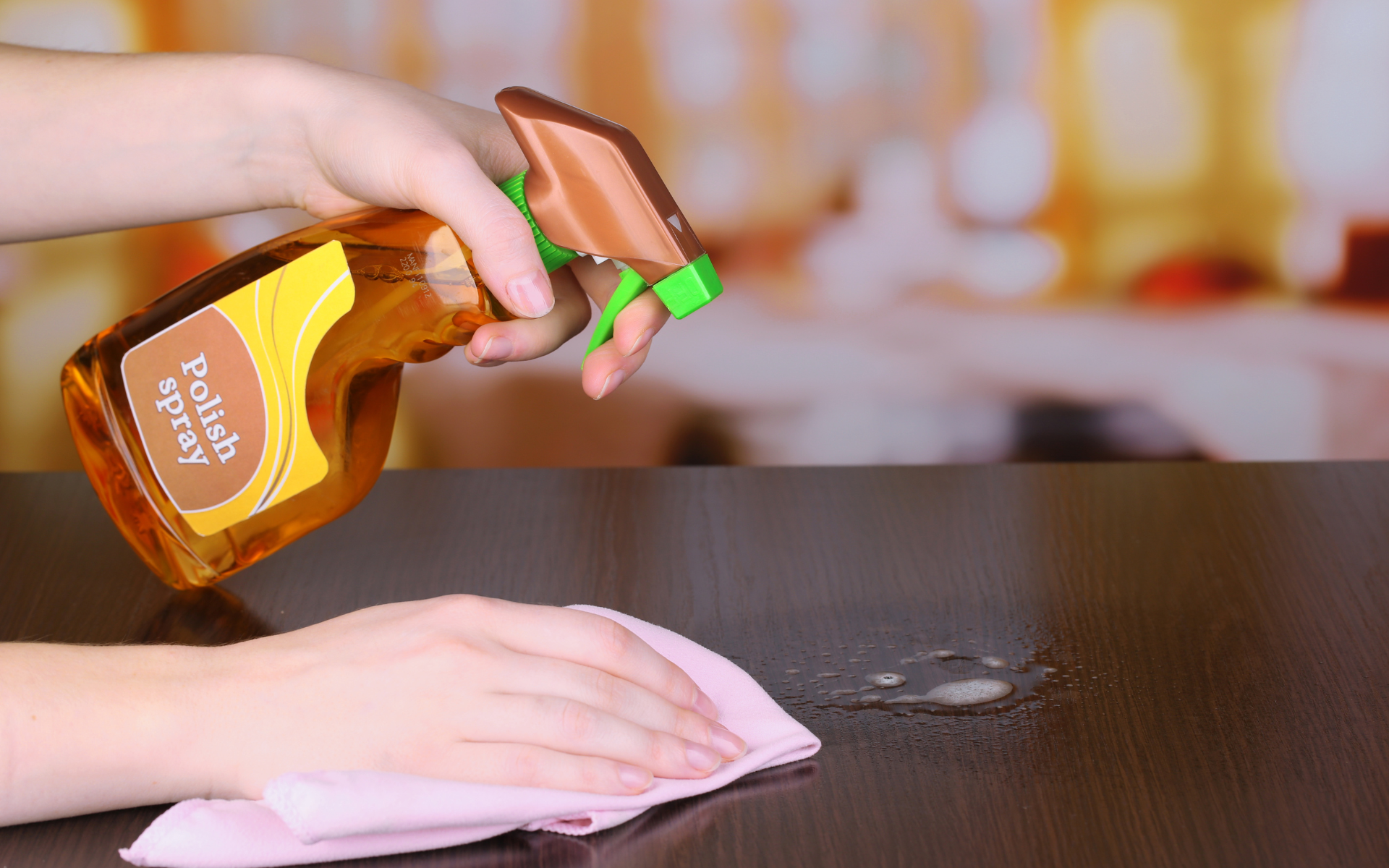
Polishing and Restoring Shine
Over time, the finish on wood furniture can become dull and lose its luster. Polishing helps restore shine and protect the finish.
- For polished finishes, use a small amount of furniture polish on a soft cloth and rub gently with the wood grain. Avoid silicone-based sprays.
- For oil-rubbed finishes, apply a small amount of mineral oil and buff to nourish the wood.
- For lacquered finishes, use a clean microfiber cloth and rub very gently to bring back shine.
- For wax finishes, apply a thin coat of paste wax and buff with a soft cloth. Avoid wax buildup.
- For brass accents, use brass polish and a soft cloth to restore luster. Avoid abrasive cleaners.
Refinishing Wood Furniture
If finishes become badly worn, scratched, cracked, or damaged over time, refinishing may be needed to restore beauty and protection. This is a more complex process best left to professionals in most cases. Refinishing involves:
- Stripping off the old finish completely with chemical strippers
- Sanding down the wood
- Staining or bleaching if desired
- Applying new layers of finish like varnish, oil, or lacquer
Refinishing allows the chance to update the color or sheen of the wood. However the process is time-consuming, requires dangerous chemicals, and mistakes are difficult to remedy.
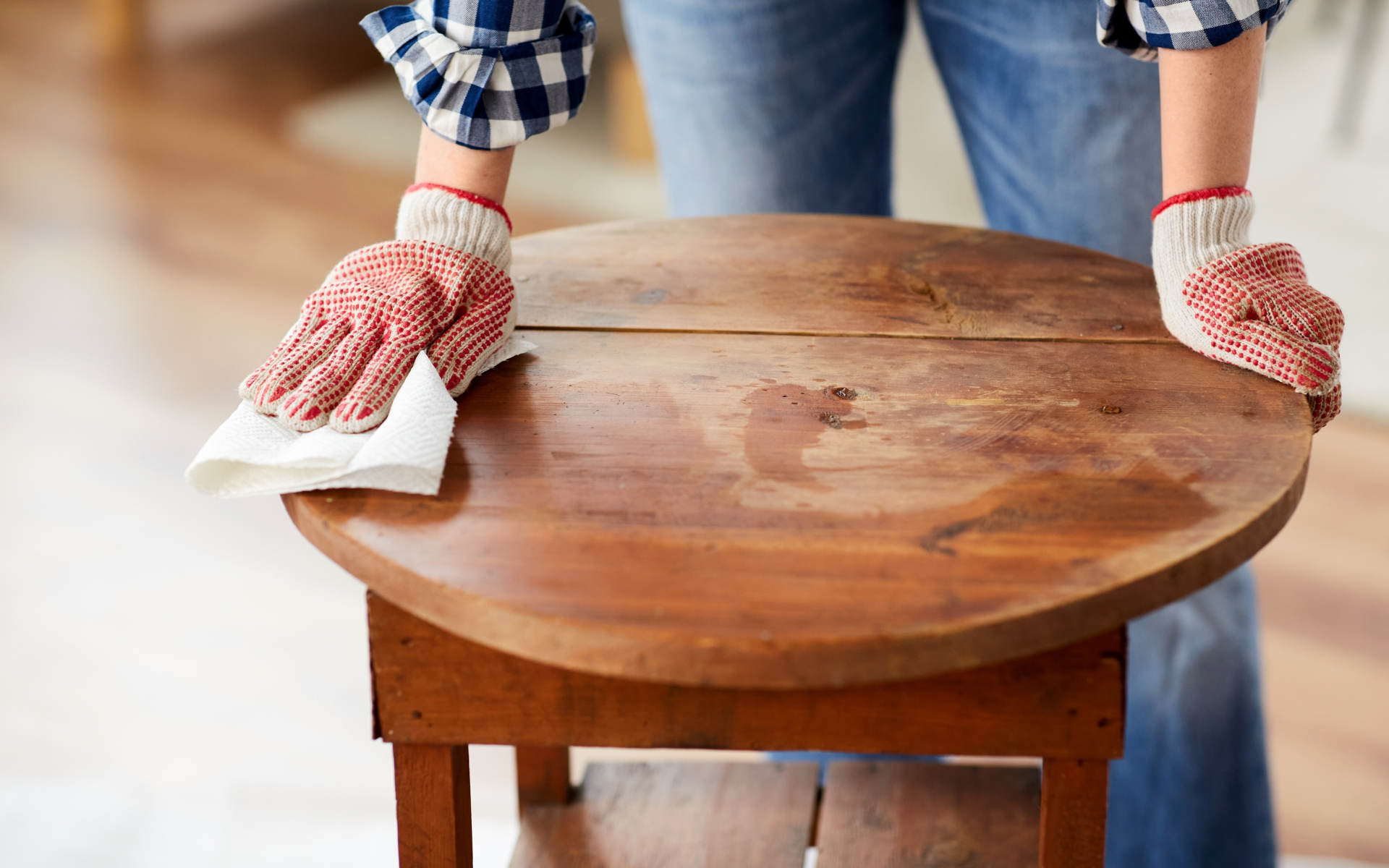
Maintaining Different Types of Wood
Proper care depends partly on the type of wood and finish:
- Oak furniture: Durable but prone to staining. Clean spills quickly. Polish with beeswax or furniture polish.
- Cherry wood: Ages to a reddish patina. Use minimal polish. Avoid ammonia or silicone.
- Maple: Light color needs more protection from UV light. Clean and apply oil frequently.
- Mahogany: Rich color stays true with oil rubs. Refinish when dulled.
- Unfinished wood: Needs extra sealing and frequent oiling to prevent drying and cracks.
- Painted wood: Use mild cleaners and wax to protect the paint. Avoid moisture damage.
- Lacquered: Vulnerable to scratches and watermarks. Use coasters. Polish gently.
With some basic care and maintenance, your wood furniture can last for generations. Follow these tips to keep all your pieces looking their best while retaining their unique warmth and beauty.
Common Wooden Furniture At Home
- Tables
All table types need coasters for drink glasses & regular dusting to avoid dirt buildup and stains
- Chairs
Frequently dust chair legs and fabric seats; consider water-resistant spray for wood chairs
- Beds
Use frame padding to prevent floor scratches; rotate mattress; dust regularly
- Dressers
Use felt pads under decorative items to prevent scratches; clean & condition wood 1-2 times per year
- Armoires and Wardrobes
Dust regularly including the top and interior; clean out periodically; keep doors & drawers operating smoothly
- Nightstands and Side Tables
Use protective pads; dust frequently; clean spills quickly to prevent stains & watermarks
- Bookshelves and Bookcases
Dust regularly including top surfaces and interior; evenly load shelves to prevent sagging/damage
- Desks
Use desk pads; clean spills immediately; dust all surfaces and interior cubbies routinely
- Cabinets
Attach rubber cabinet door bumpers; dust exterior and interior shelves; keep doors/drawers gliding smoothly
- Shelving
Evenly distribute weight; clean dust & dirt routinely with vacuum/soft cloth; re-stain or oil if needed
- Decor Items
Follow material-specific care like brass polish for a decorative bowl; dust routinely with a soft cloth
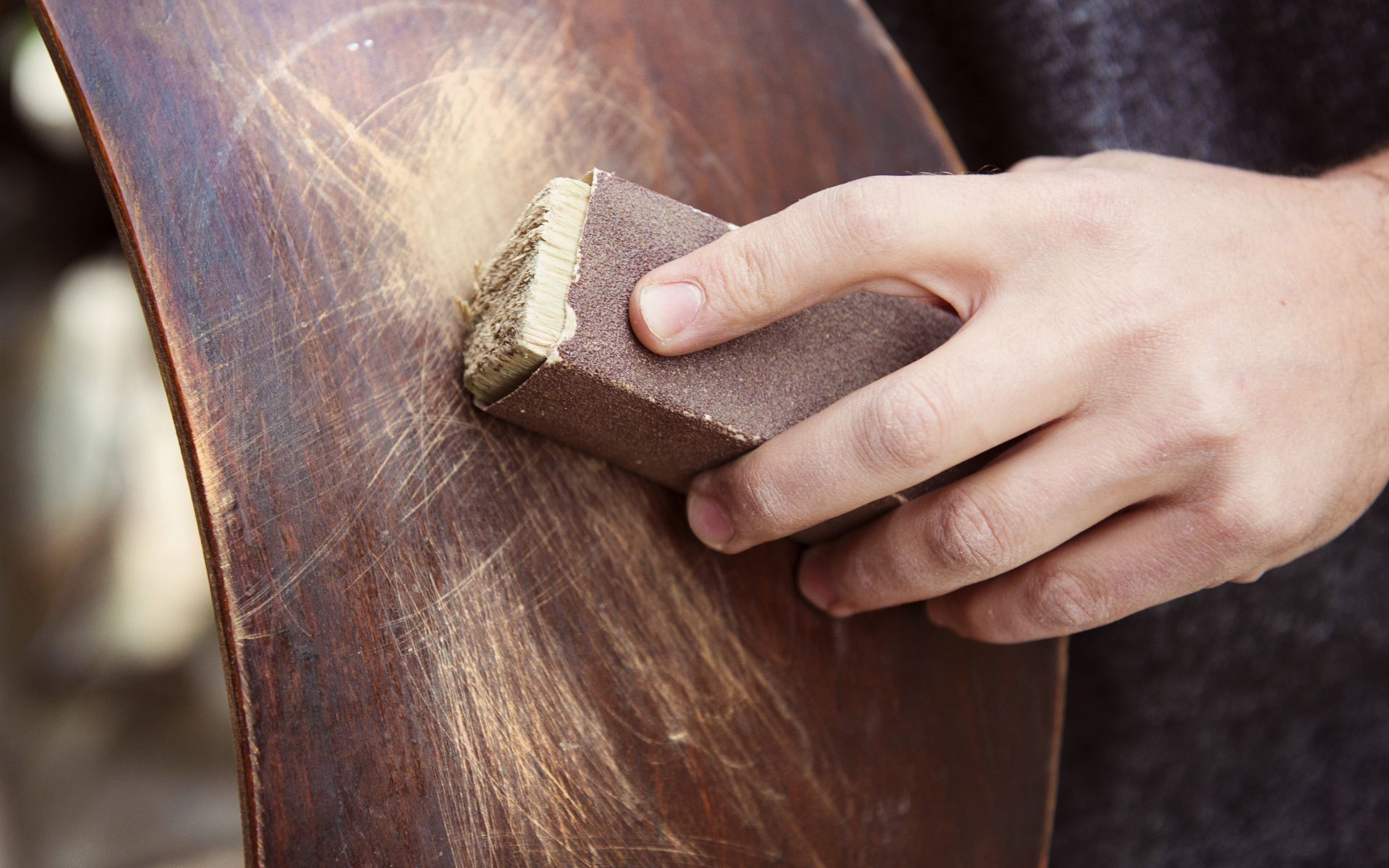
Enlisting a Professional Wood Furniture Cleaner
While regular light cleaning can be done at home, there are times when it’s best to call in a professional wood furniture cleaning service. Professionals have specialized expertise, tools, and cleaning solutions to handle more complex cleaning and restoration needs.
Reasons to Hire a Professional
- Deep cleaning extremely dirty or neglected antique furniture
- Removing old layers of wax buildup
- Repairing watermarks, stains, pet damage, or other flaws
- Eliminating odors like smoke, pets, or mustiness
- Refinishing worn, damaged, or discolored finishes
- Polishing delicate veneer surfaces
- Cleaning intricately carved details thoroughly
- Making scratched or marred wood look like new
What to Expect
An on-site evaluation and estimate of the work needed. Testing cleaning solutions in inconspicuous spots first. Careful cleaning by hand using various non-toxic cleaners suited for wood. Attention to delicate details and finishes. Minor touch-ups and repairs as needed. Recommendations for ongoing care.
Costs
Professional cleaning costs vary based on the pieces, type of wood, and extent of restoration needed. Expect to pay $100-300 for a thorough deep cleaning of average-sized furniture. Refinishing and repairs would be additional. Get an upfront written estimate.
Finding a Reputable Pro
Check reviews and referrals. Look for specialists in antique or high-end furniture cleaning. Ask about their experience, methods, and products used. Verify they are insured and licensed if required. For heirloom quality pieces, hiring a true craftsman is worth the investment.
Conclusion
Caring for treasured wood furniture requires gentle, regular cleaning, protection of finishes, and occasional polishing to restore shine. By using the proper methods and products, you can maintain the beauty, value, and longevity of all types of wood furniture without causing premature wear or damage. With a little time invested in proper maintenance, your wood furnishings will retain their charm and unique character for years of enjoyment.



